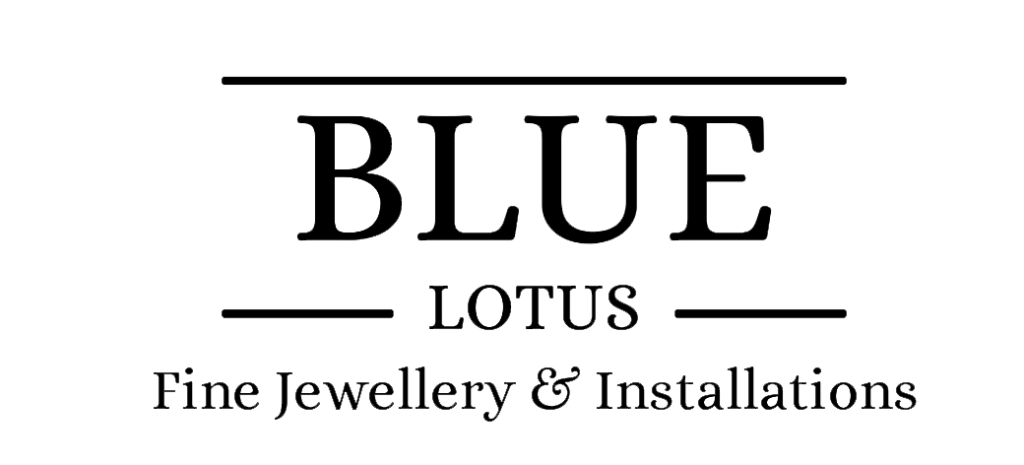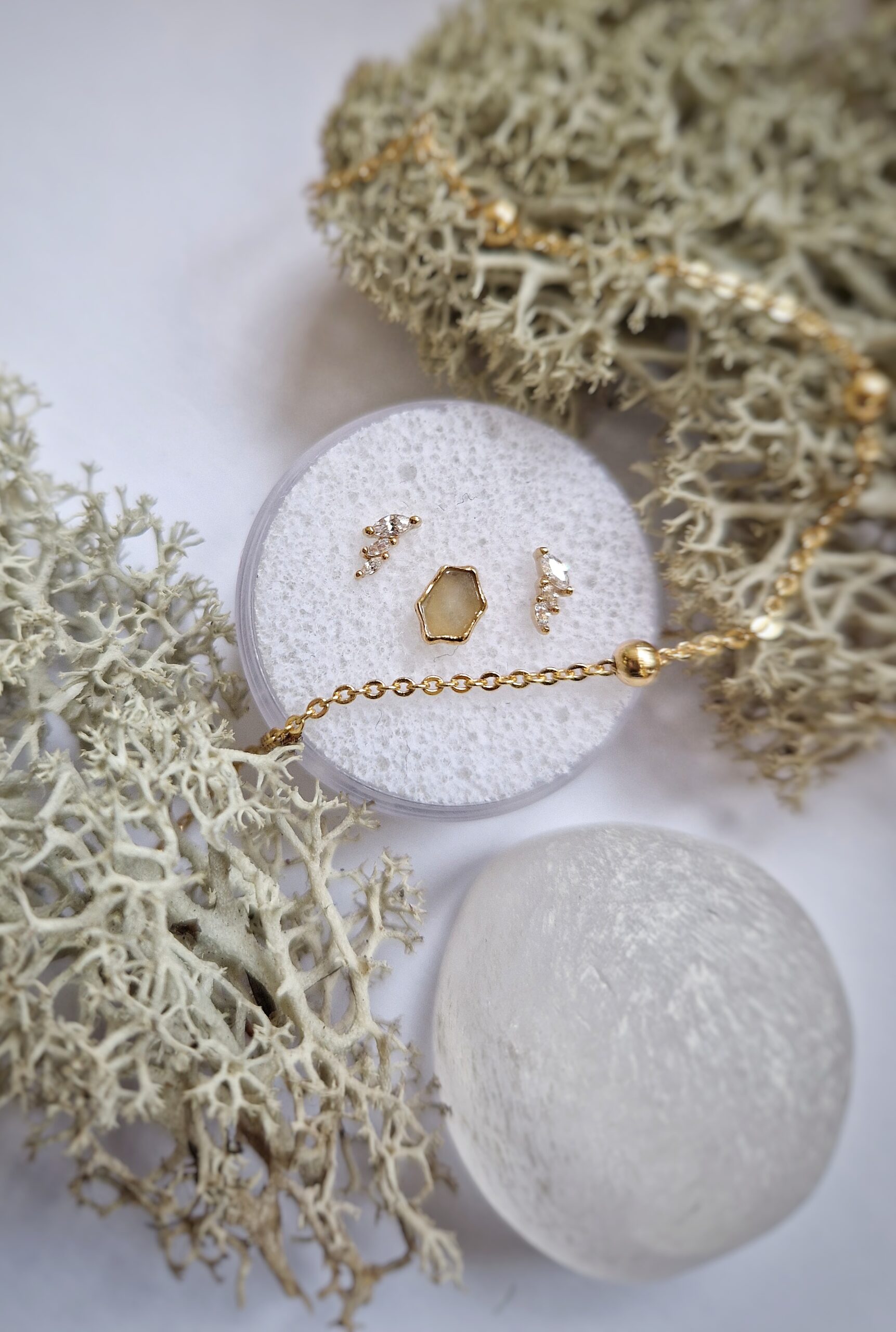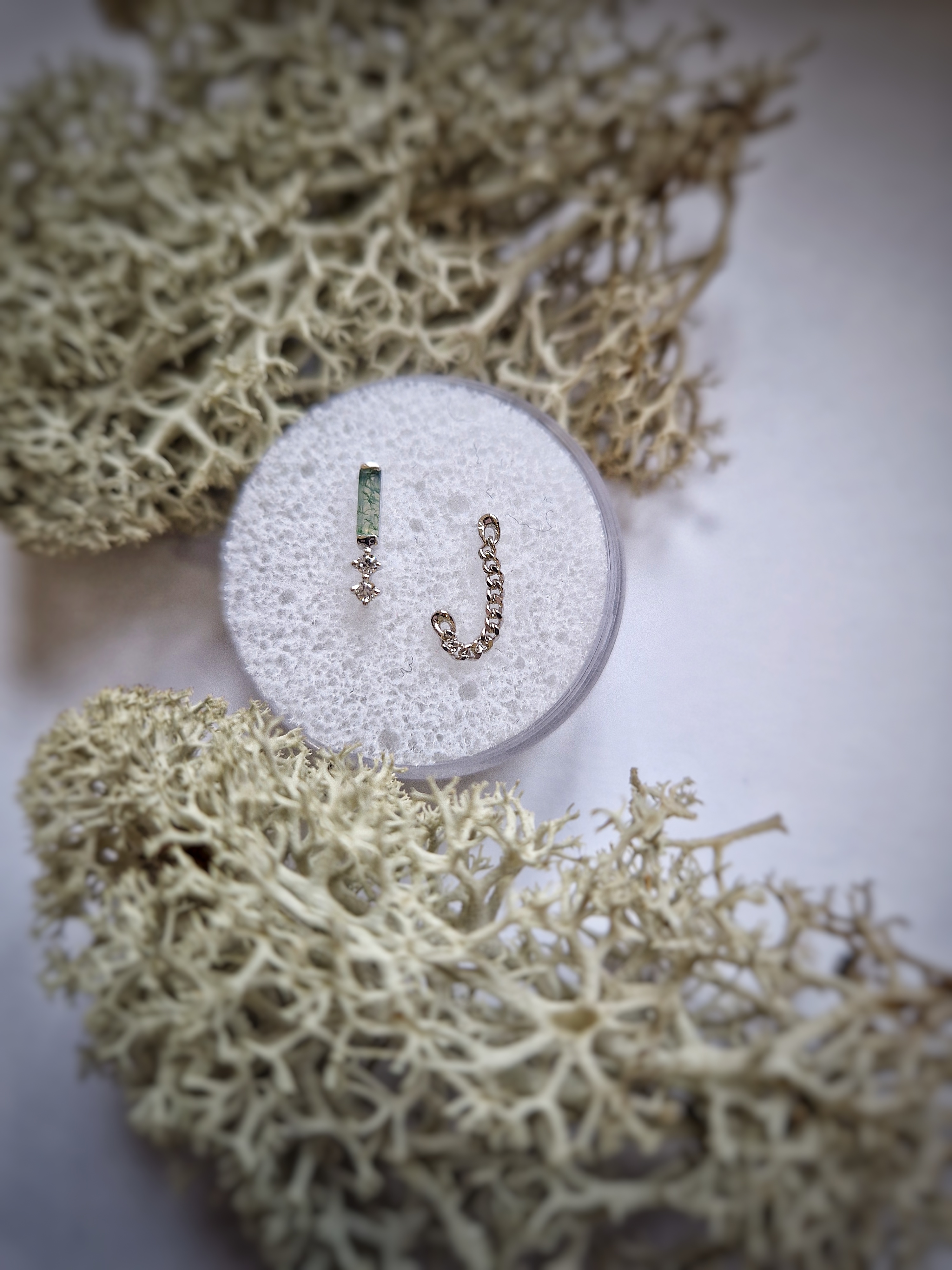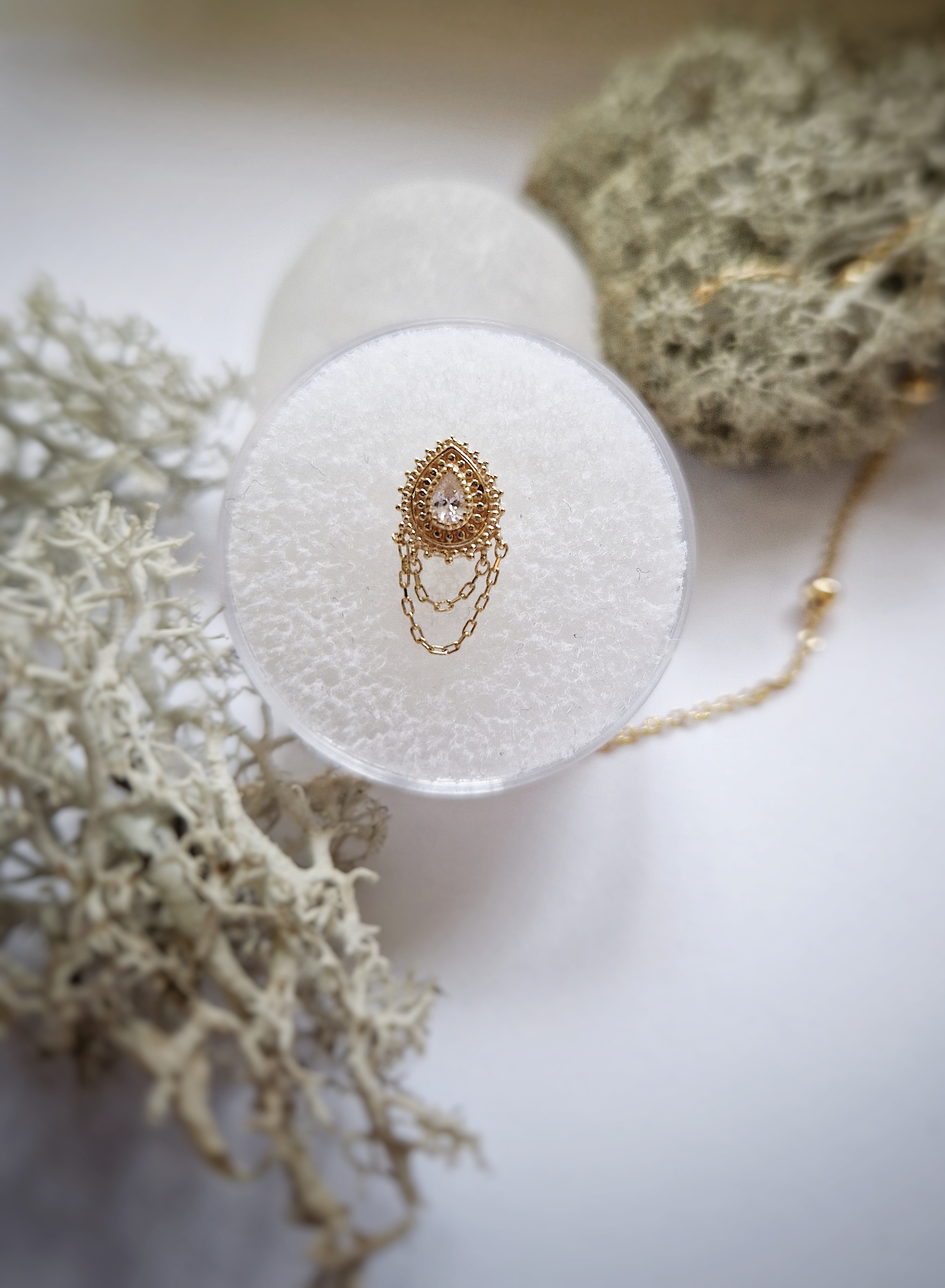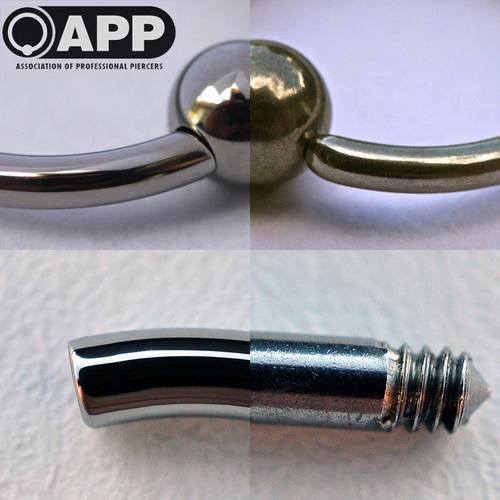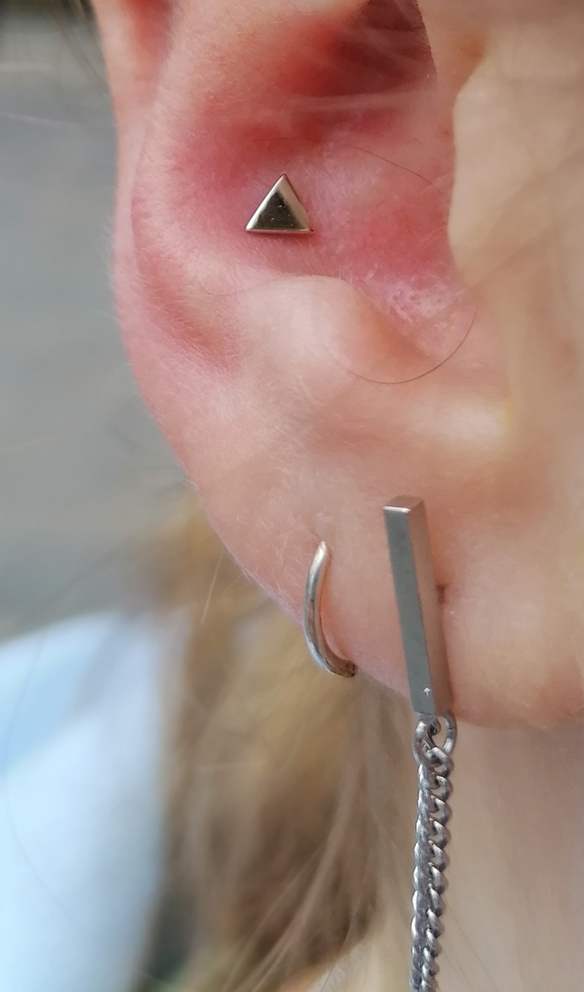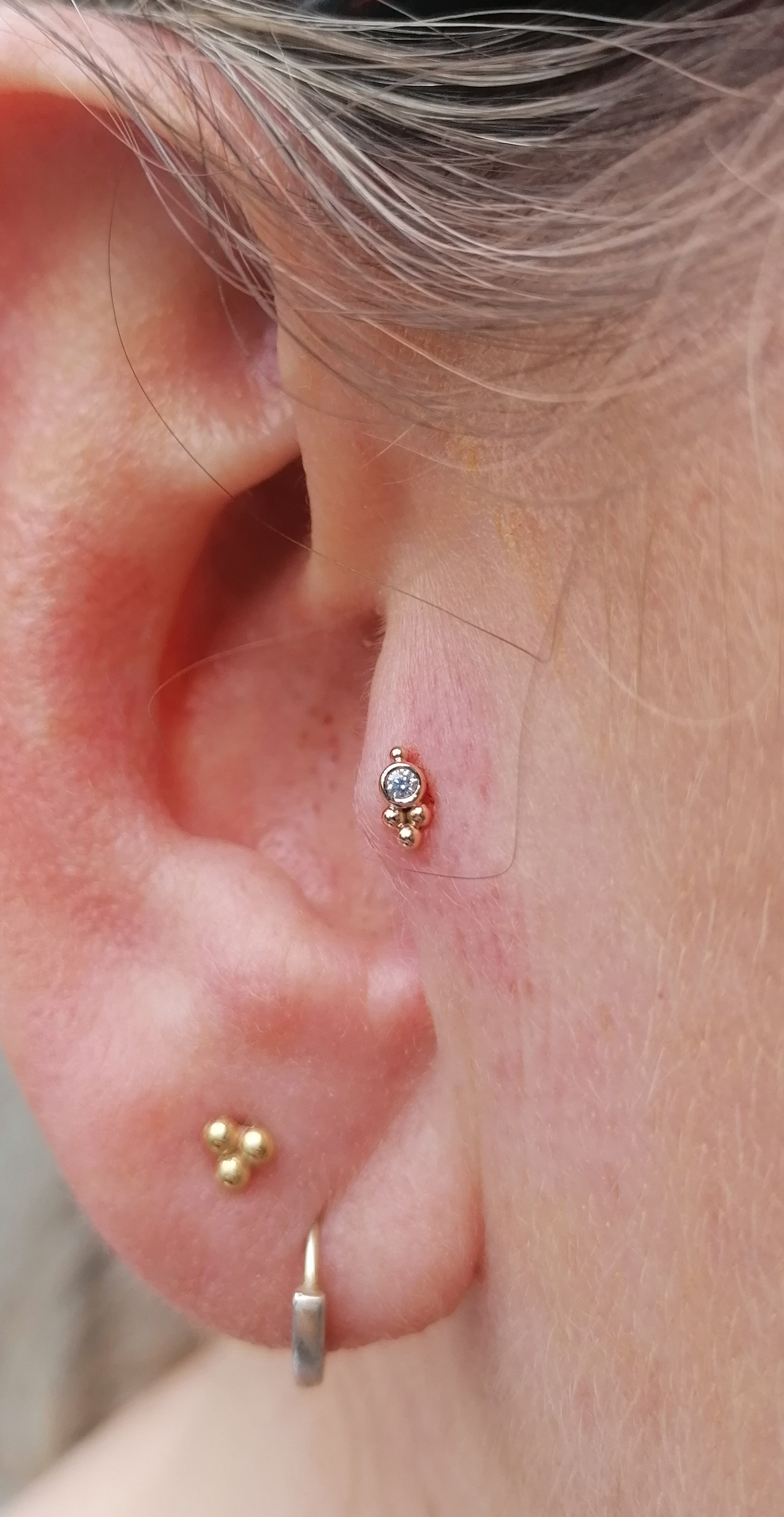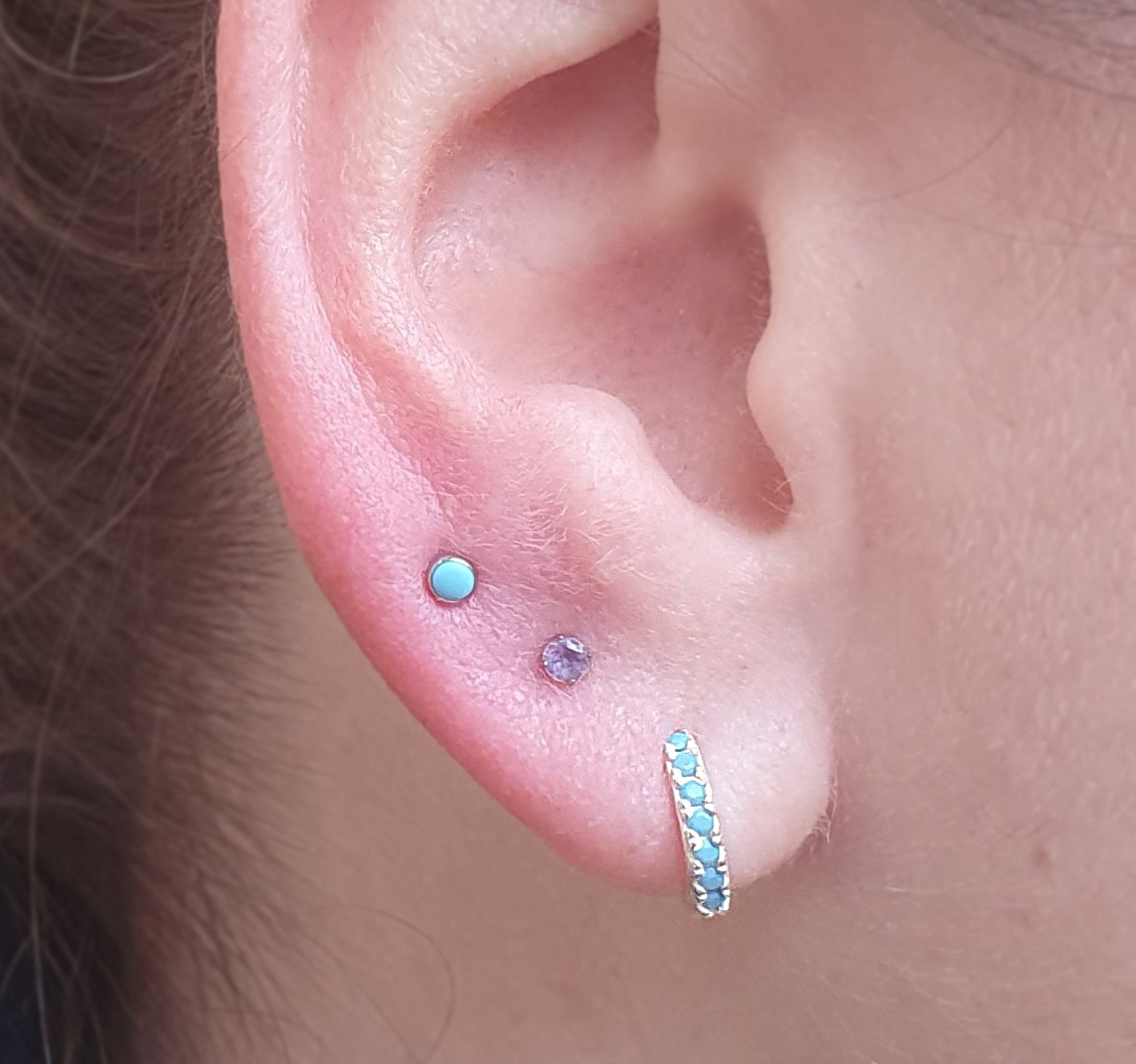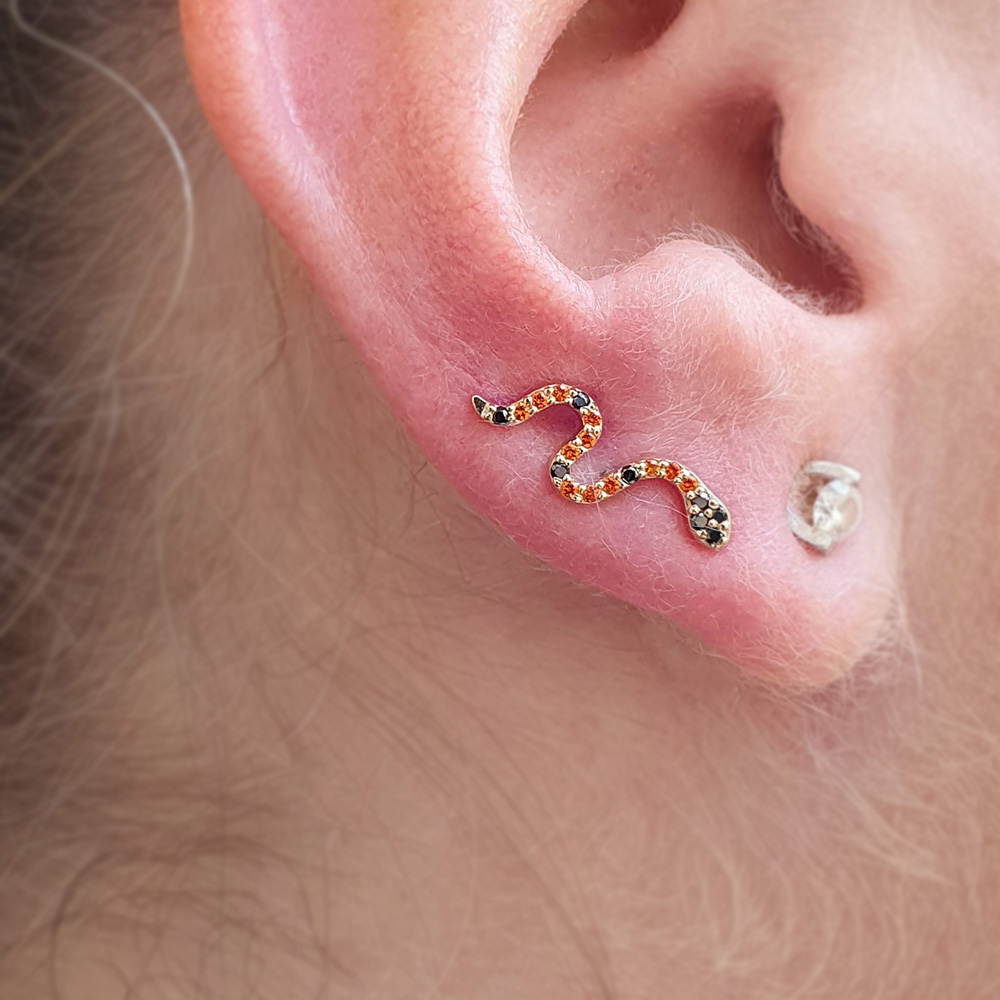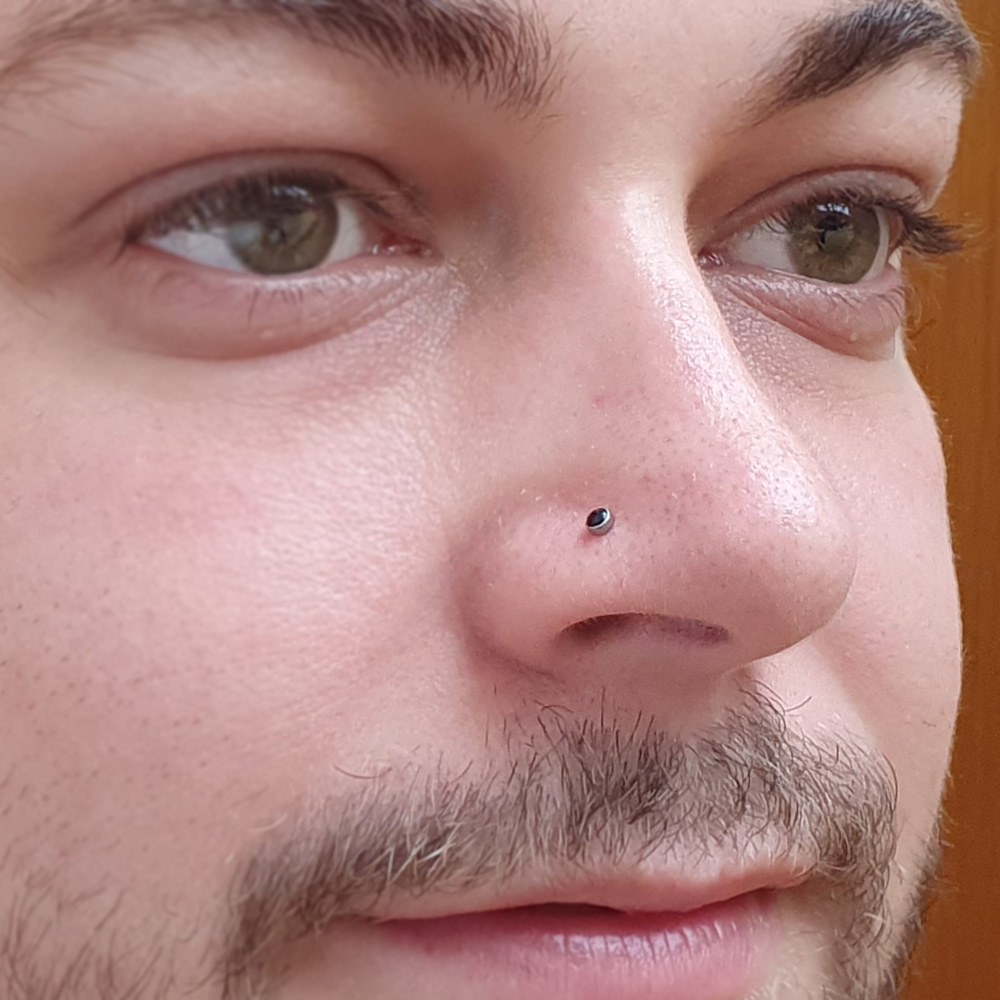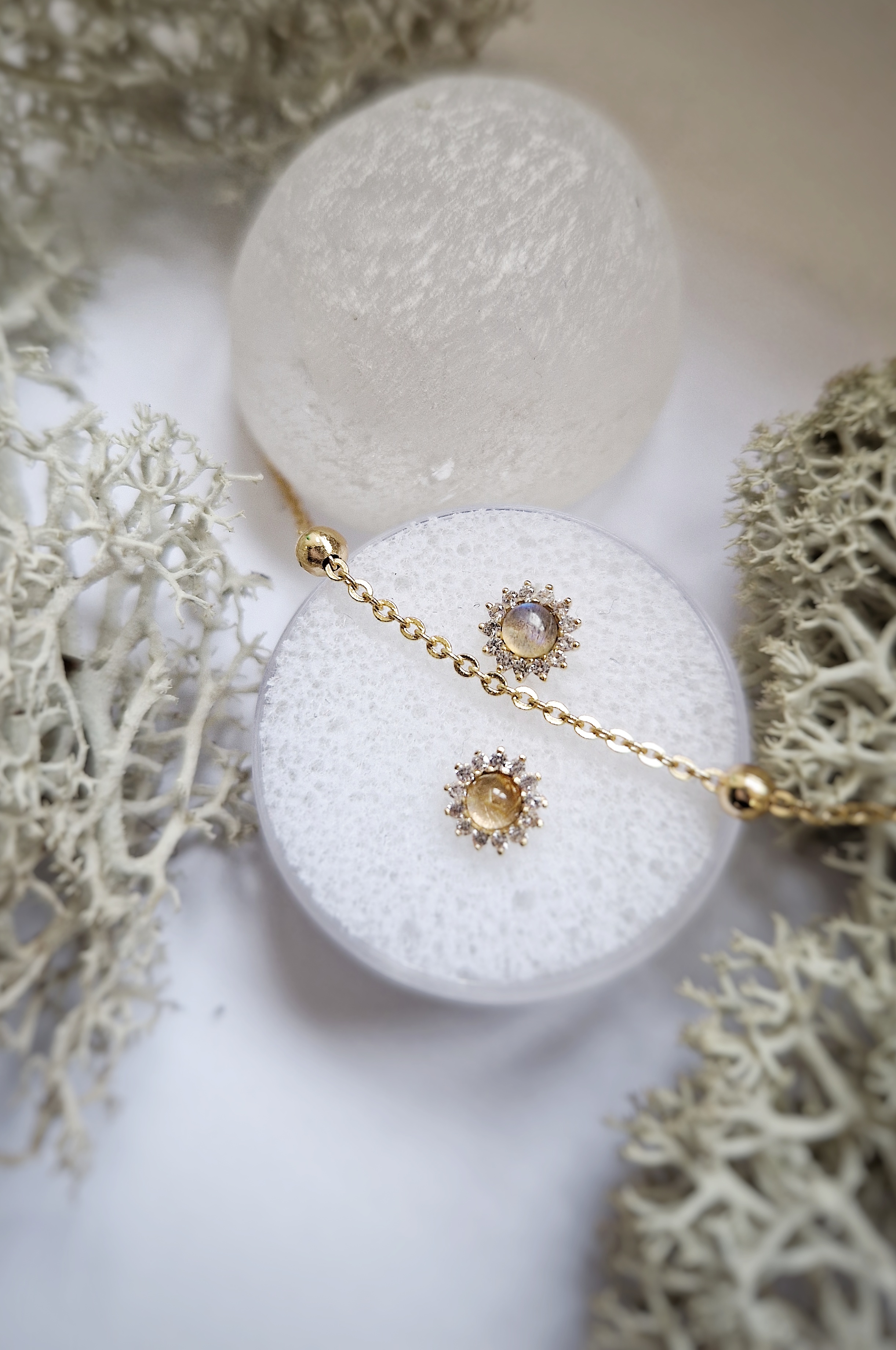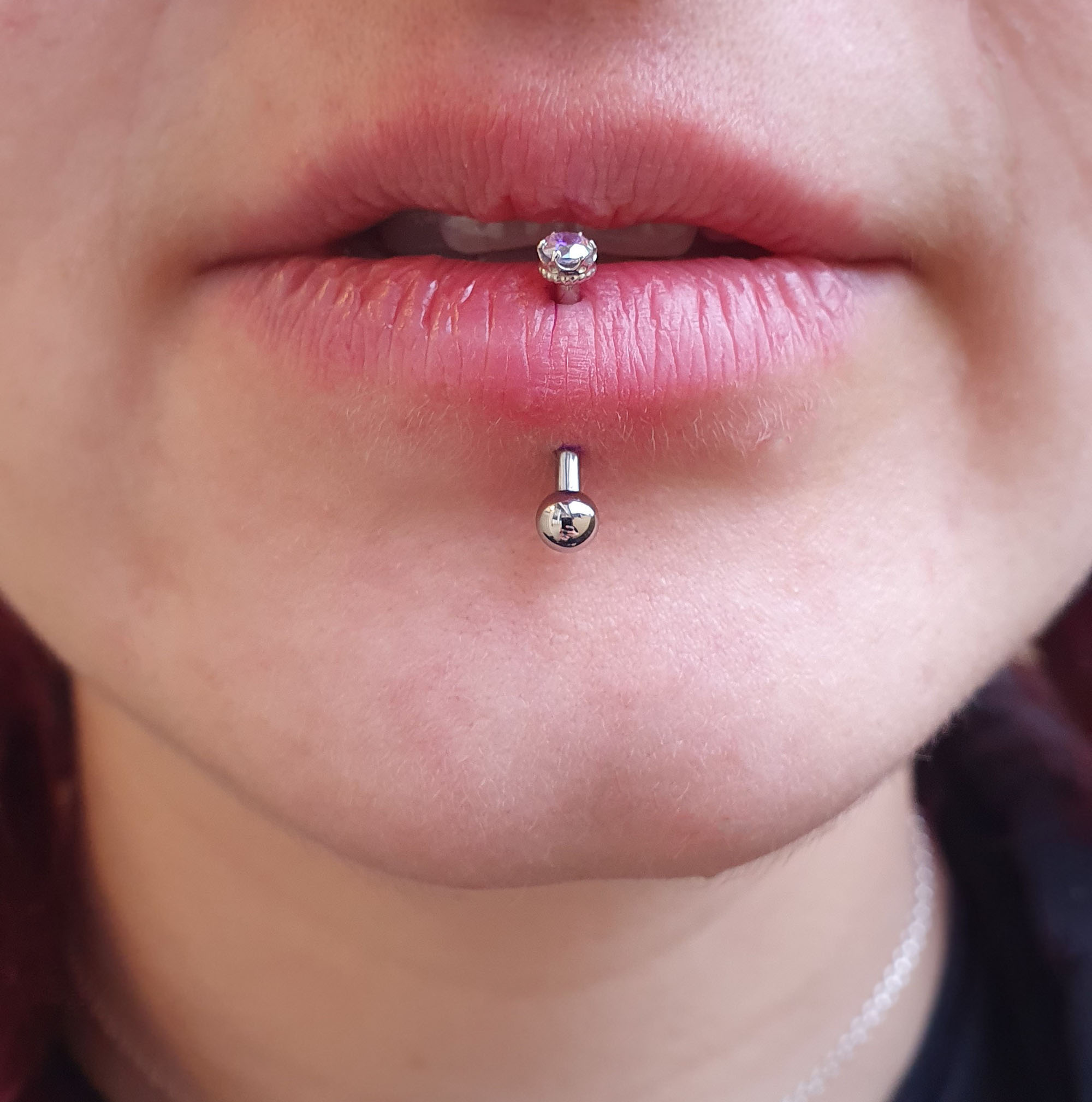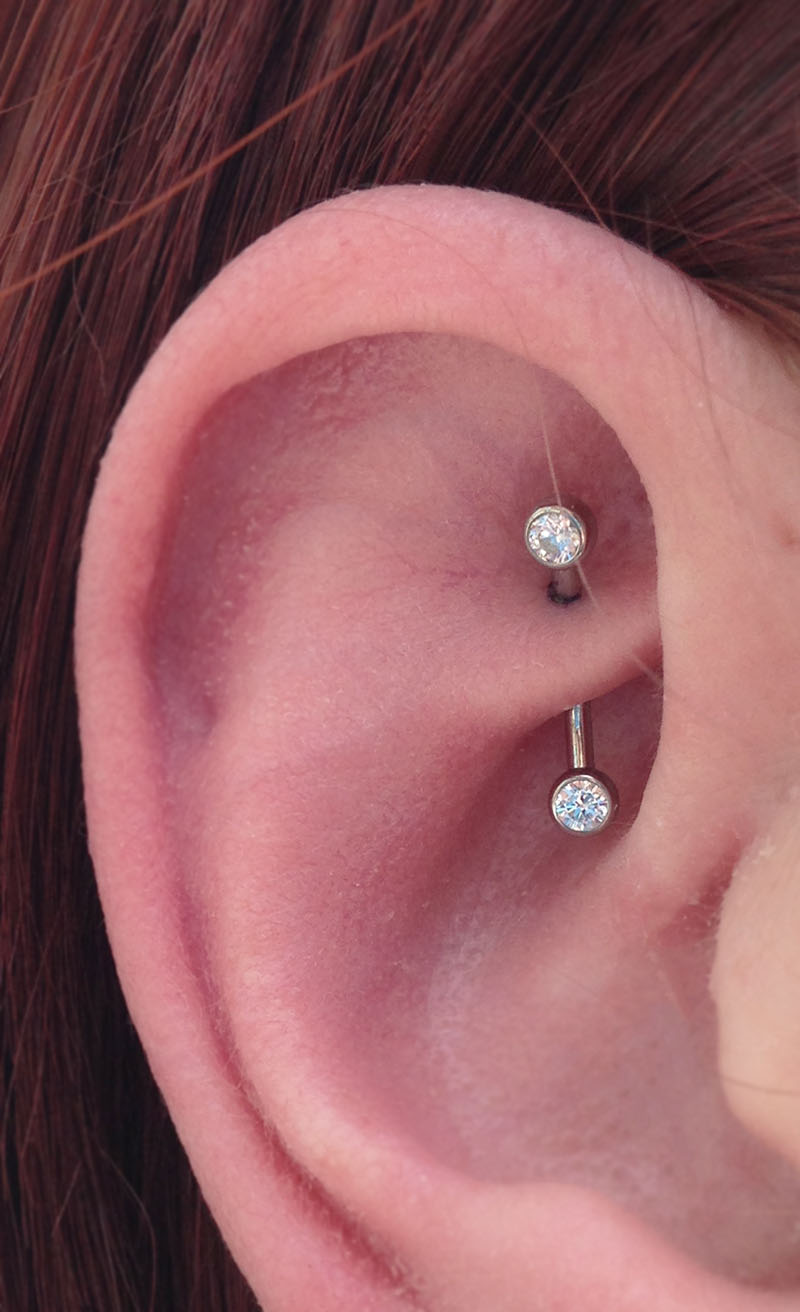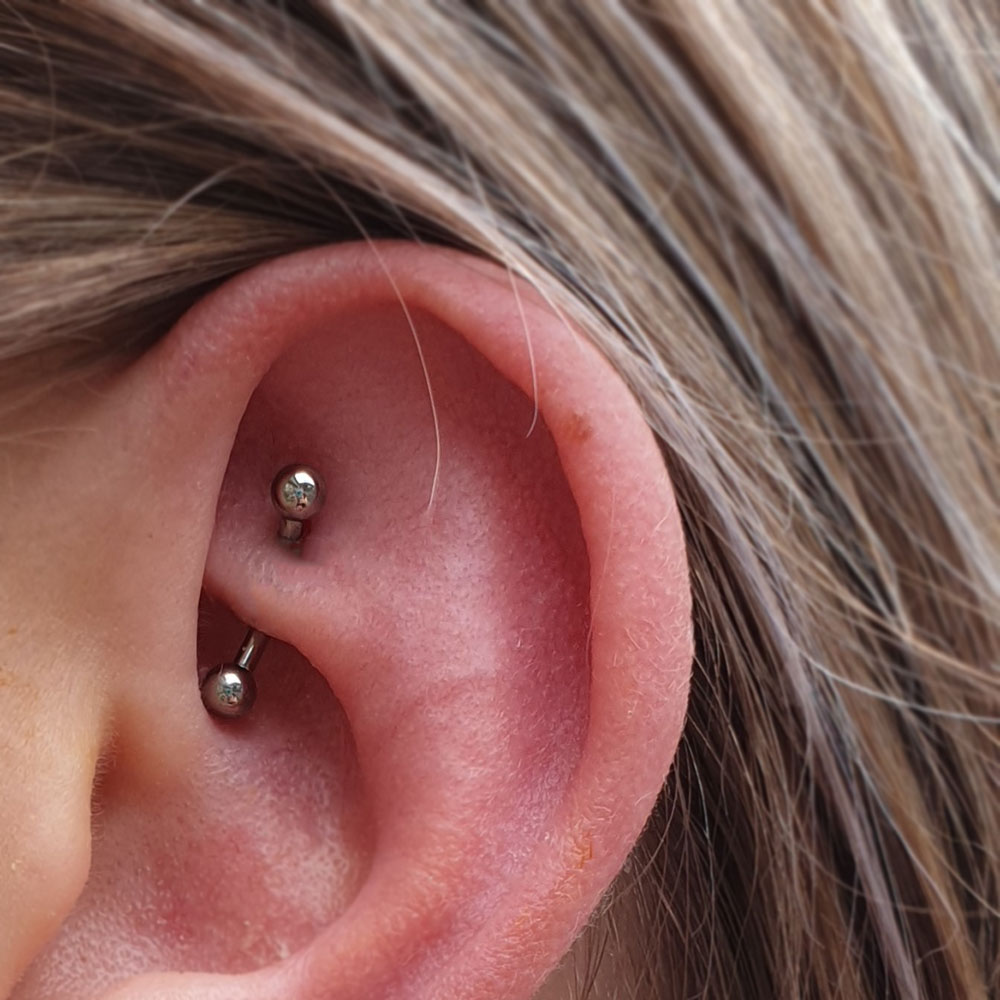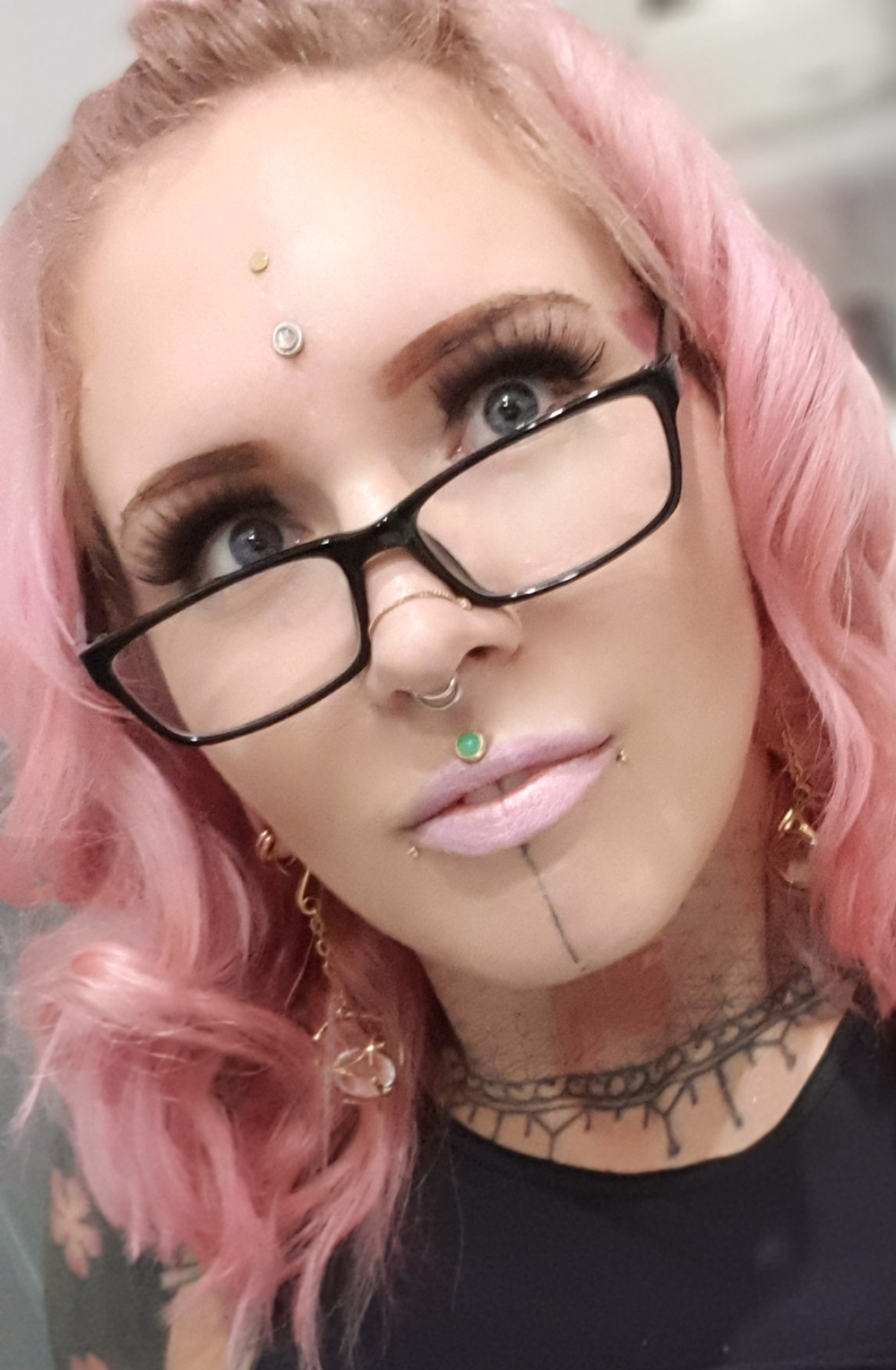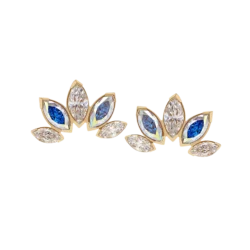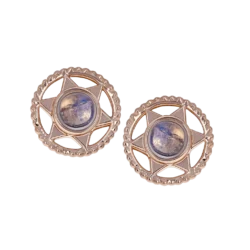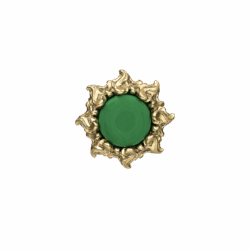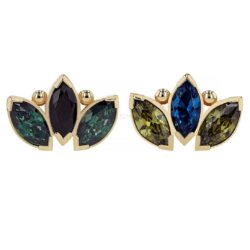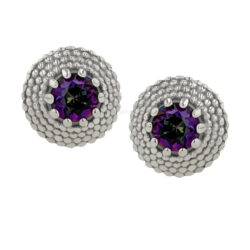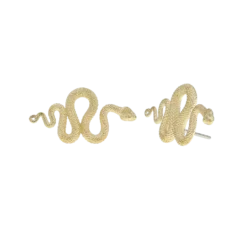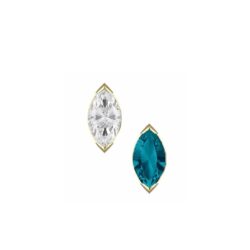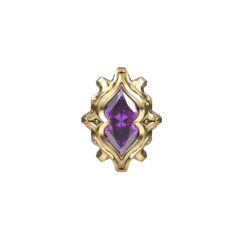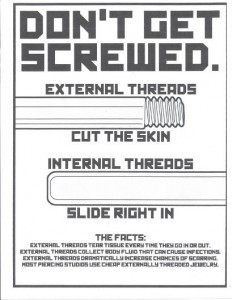We believe in quality jewellery
With an expansive knowledge of the wold of body jewellery, gemstones and materials. Our team is dedicated to helping you create your statement.
OUR PROMISE TO YOU
Only the finest
We believe that every piece of jewellery should meet the highest possible standards, be crafted from safe wearable materials and can adorn your body for a lifetime.
Designing on Location
Assistance with custom designing
Customer Service
Jewellery stylist assistance all the way
A lifetime of wear
Safe anatomically suited jewellery
Unique projects
We approach each project individually and with care
Our dedicated team can aid you start to finish on your custom curated collection.
How we work
Quality means safety
Blue Lotus carries only the safest and highest quality body jewellery. Each piece is hand finished to a mirror polish. Keeping you safe and your piercing healthy.
